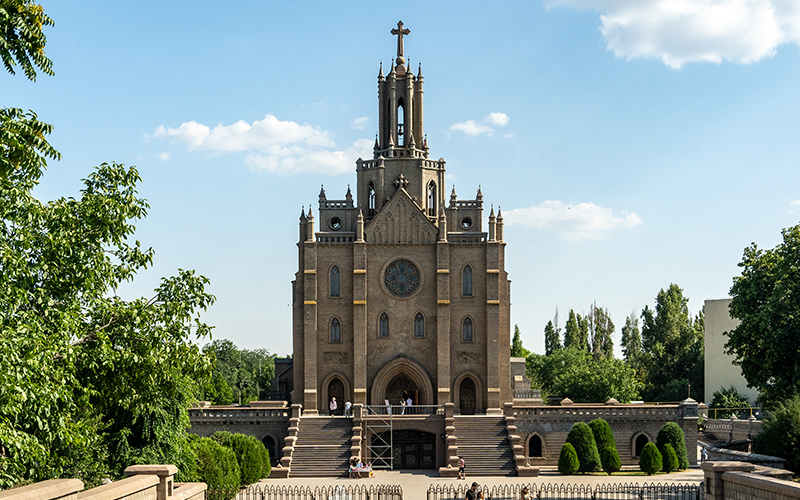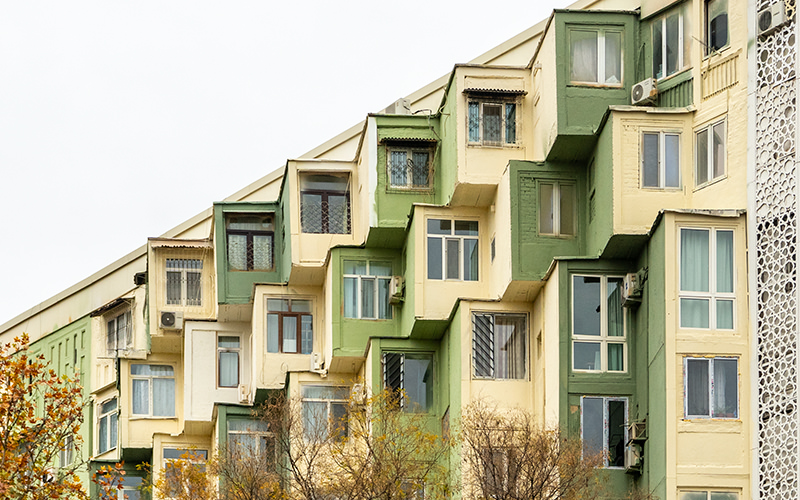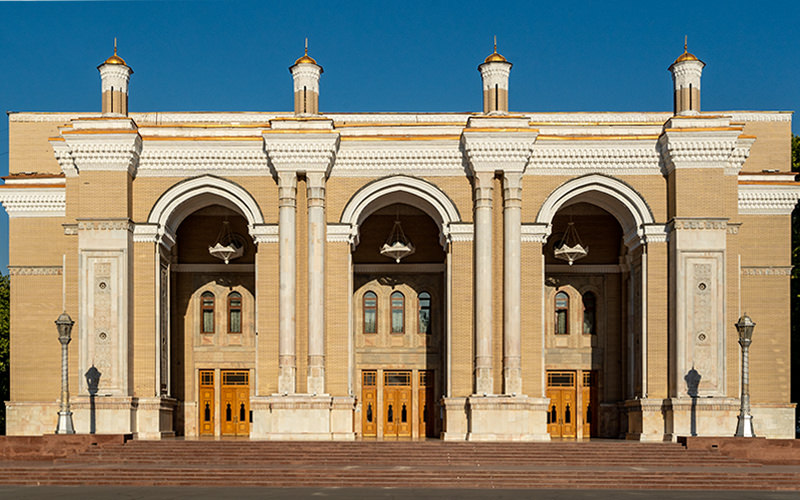Hi! Today, let's take a look at the former palace of Prince Romanov in Tashkent. This small building is interesting because it was constructed by a representative of the well-known Benois family in the Russian Empire.
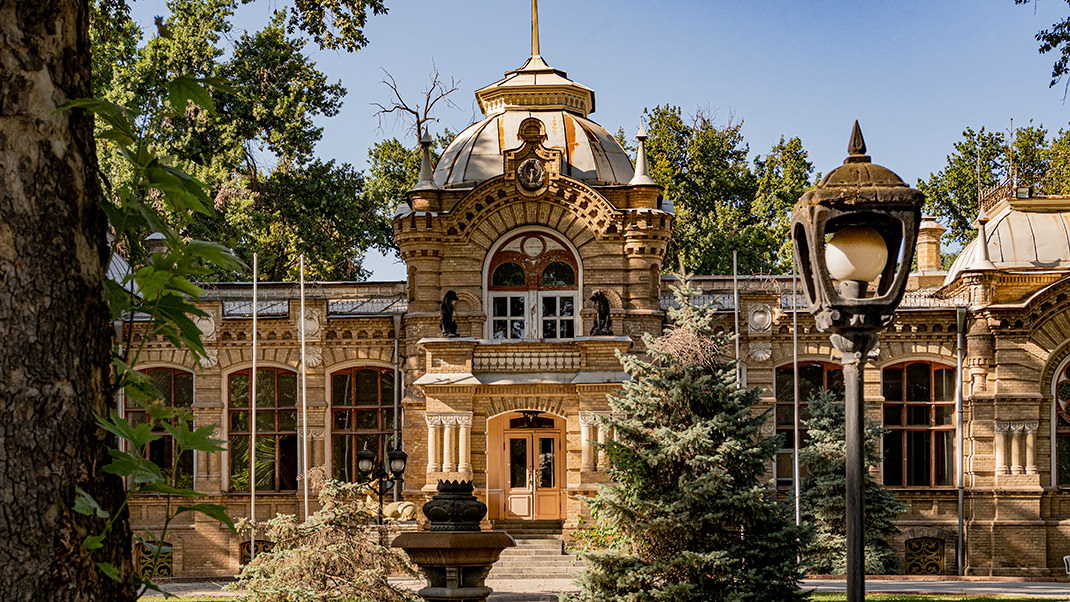
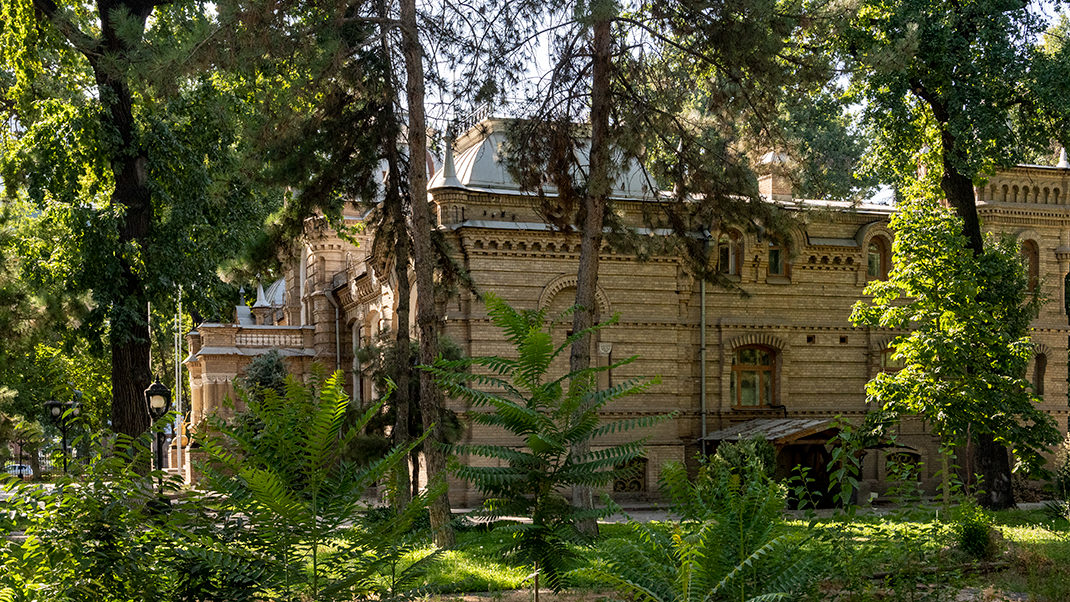
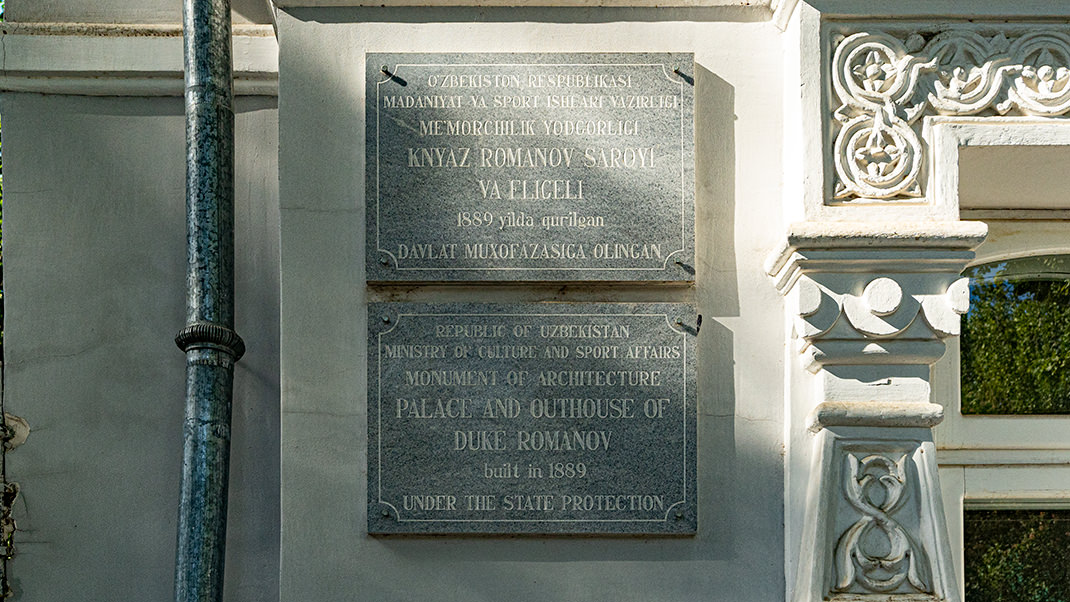
How to Get There by Metro
The building of the former Romanov Palace is located in the central part of Tashkent, just a few dozen meters from the Mustaqillik maydoni metro station.
Unfortunately, I couldn't get inside the mansion. According to information online, the building was used as the residence for the Ministry of Foreign Affairs of Uzbekistan, but currently, it is closed for restoration work. It is planned to turn it into a museum.
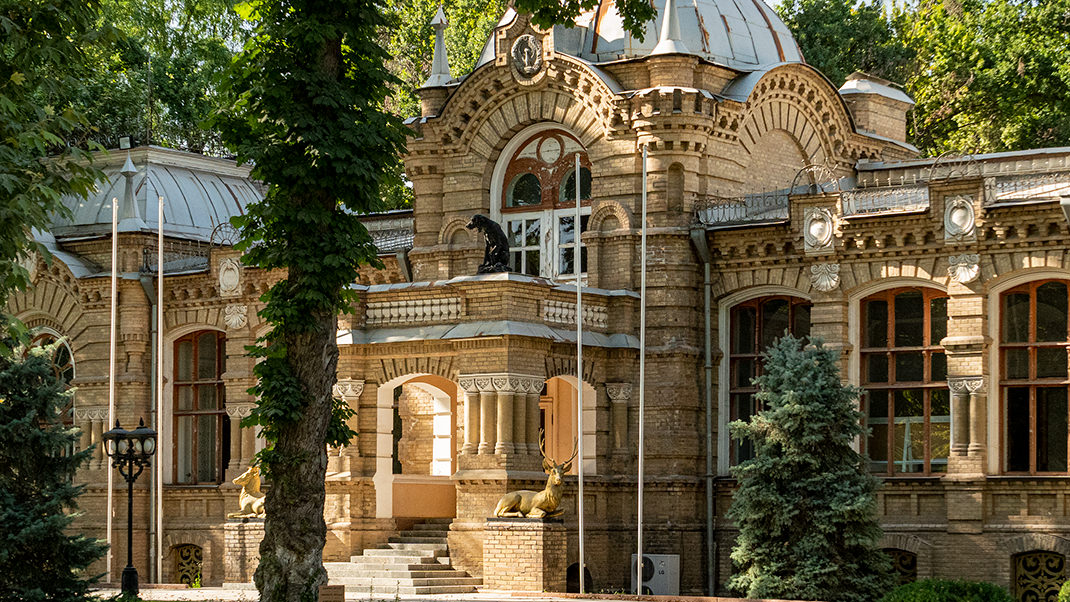
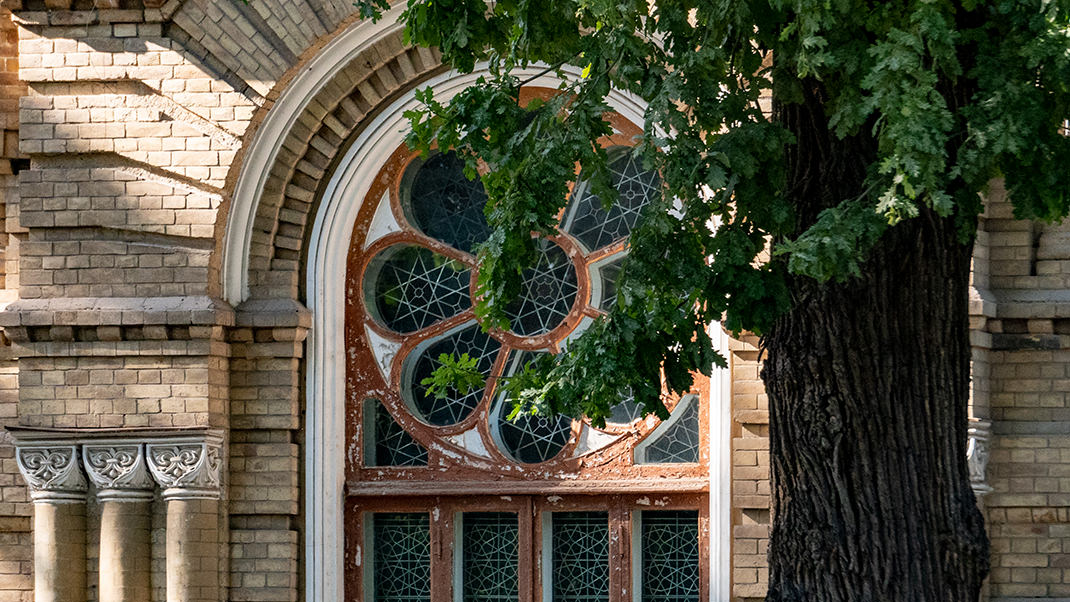
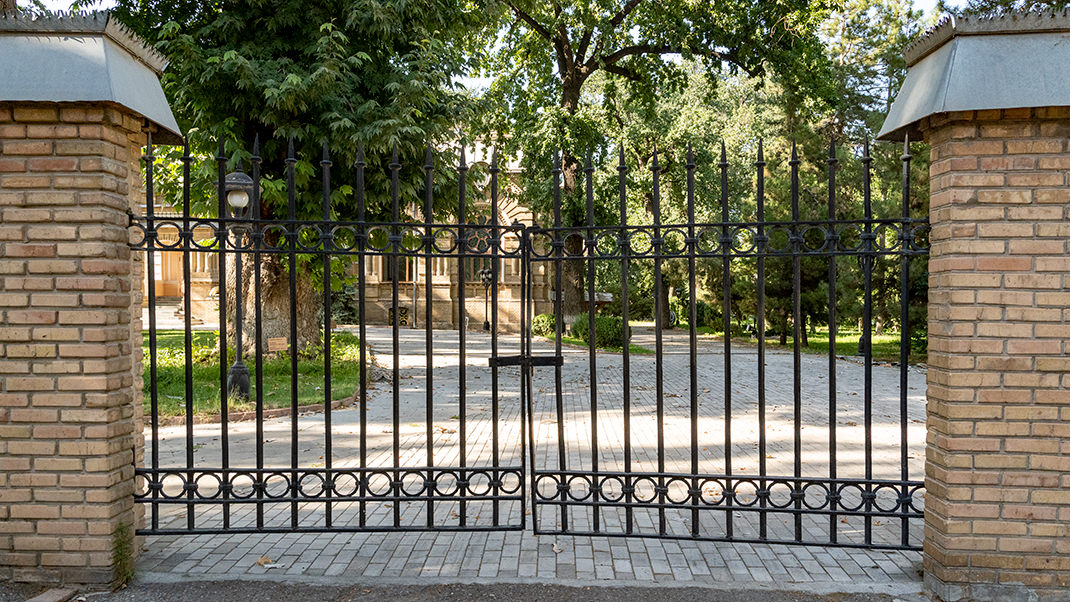
A Bit of History
The mansion in Tashkent was built for Grand Duke Nicholas Konstantinovich, the son of Grand Duke Konstantin Nikolayevich and the nephew of Emperor Alexander II. The reason for the appearance of a member of the imperial family in the distant southern city was a scandalous incident in 1874. At that time, the Marble Palace in St. Petersburg discovered the theft of diamonds from the family icon. The investigation concluded that the disappearance of the valuables was attributed to an aide-de-camp of Nicholas Constantinovich, who, in turn, claimed that he had only taken the diamonds to the pawnshop, as they were given to him by the Grand Duke.
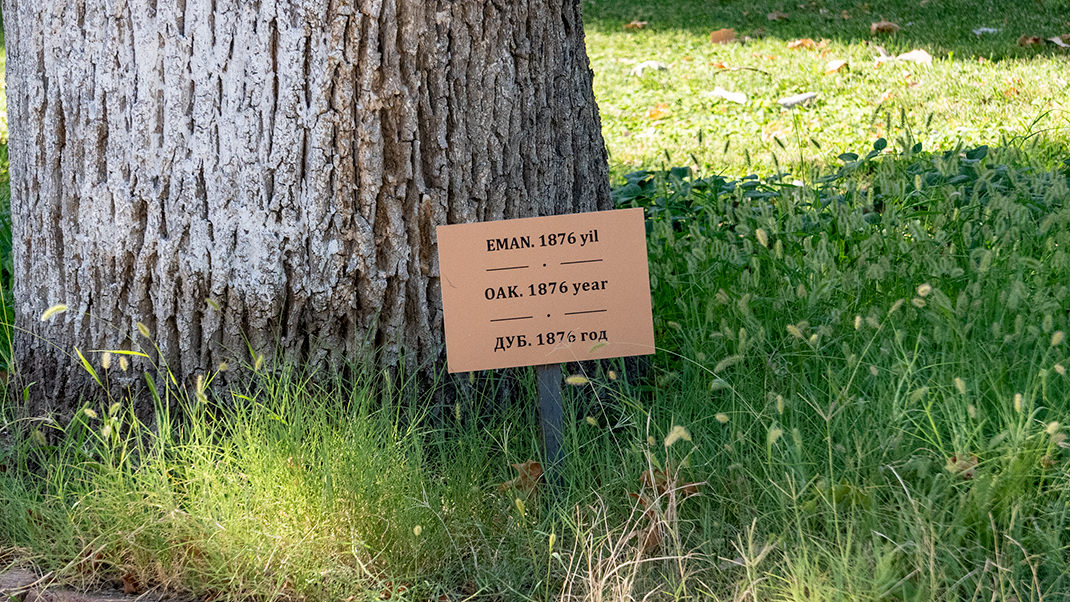

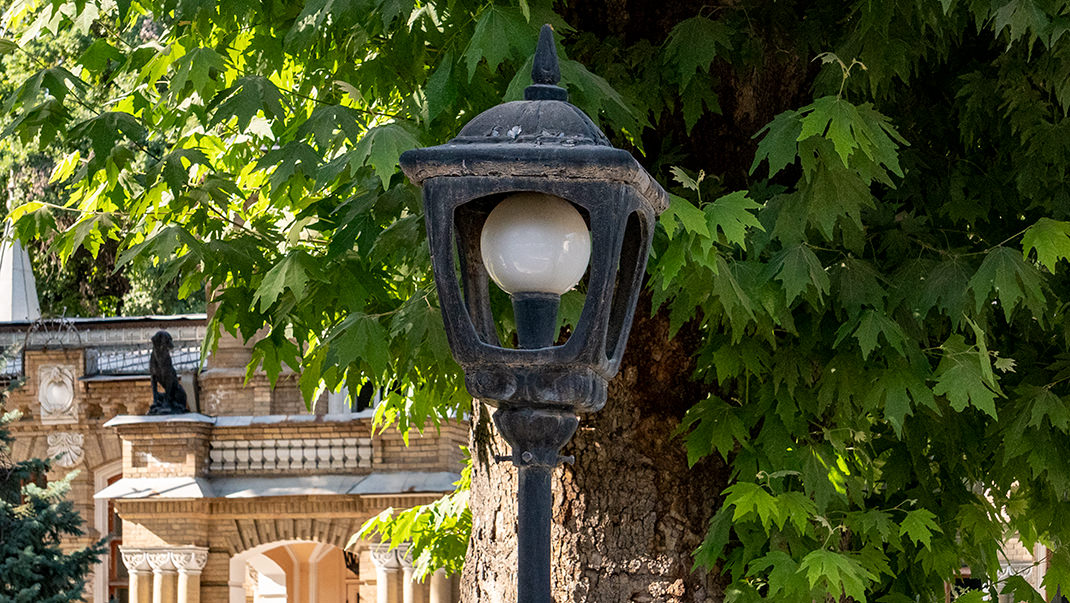
The guilt of the prince or his aide-de-camp was never proven, although the investigation leaned towards Nicholas Constantinovich being behind the crime. His situation was further complicated by his romance with the American courtesan Fanny Lear. Relatives of the prince believed that he committed this act because he lacked the funds to support his lover.
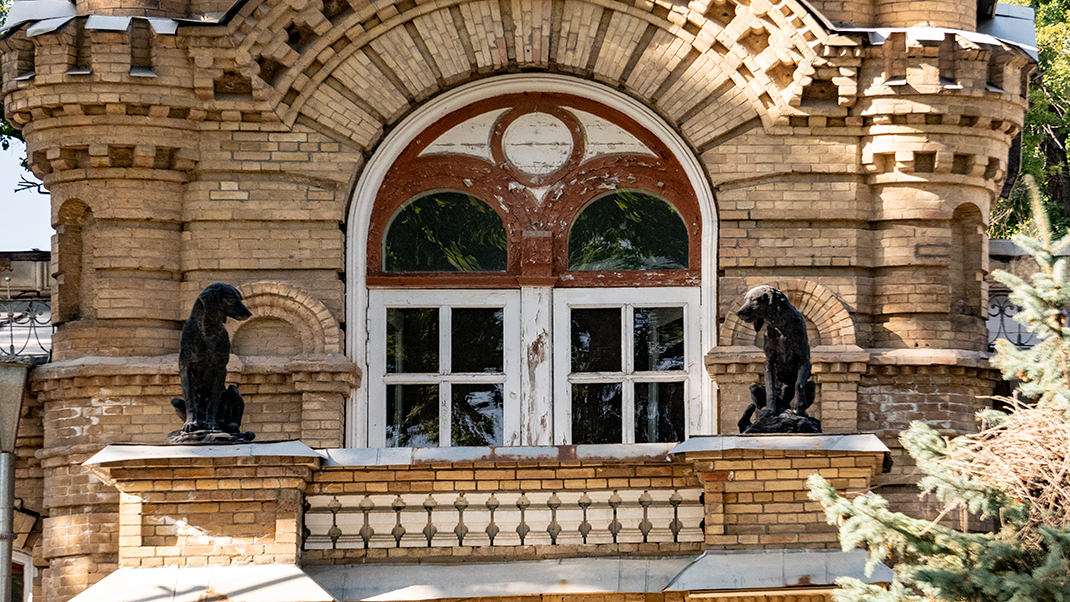

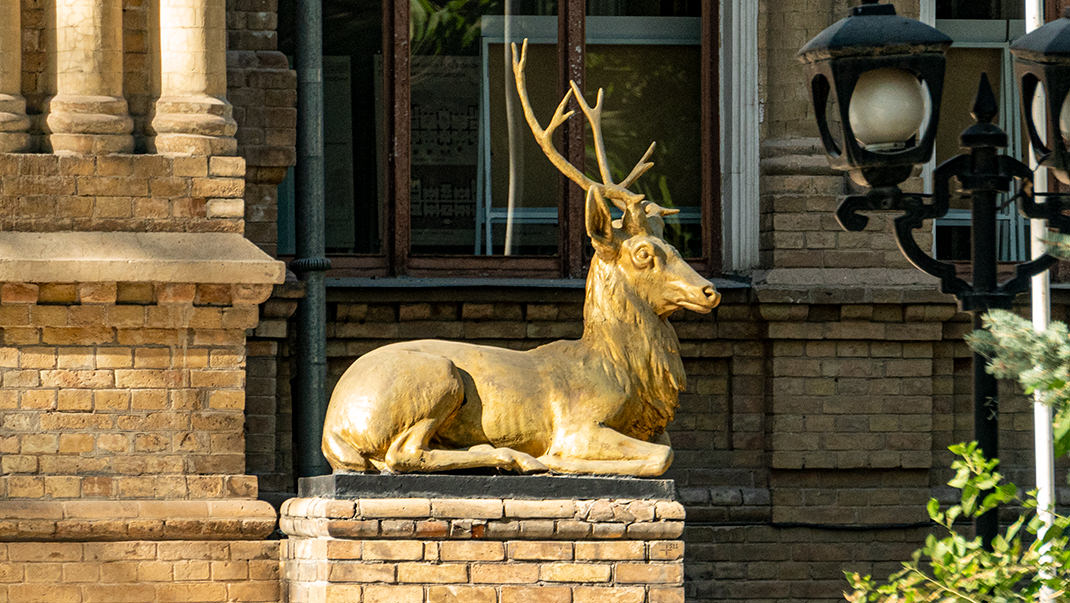
In any case, the imperial family decided to exile Nicholas Constantinovich from the capital. For the public, the prince was declared insane, stripped of all awards and property. Over the next few years, the young man moved to several cities until he finally ended up in Tashkent. It should be noted that the disgraced prince built schools, hospitals, mosques, and cinemas here at his own expense. There are two versions of how Nicholas Constantinovich ended his days: one claims that he was shot after the establishment of Soviet power, while the other states that the grand duke died from pneumonia.
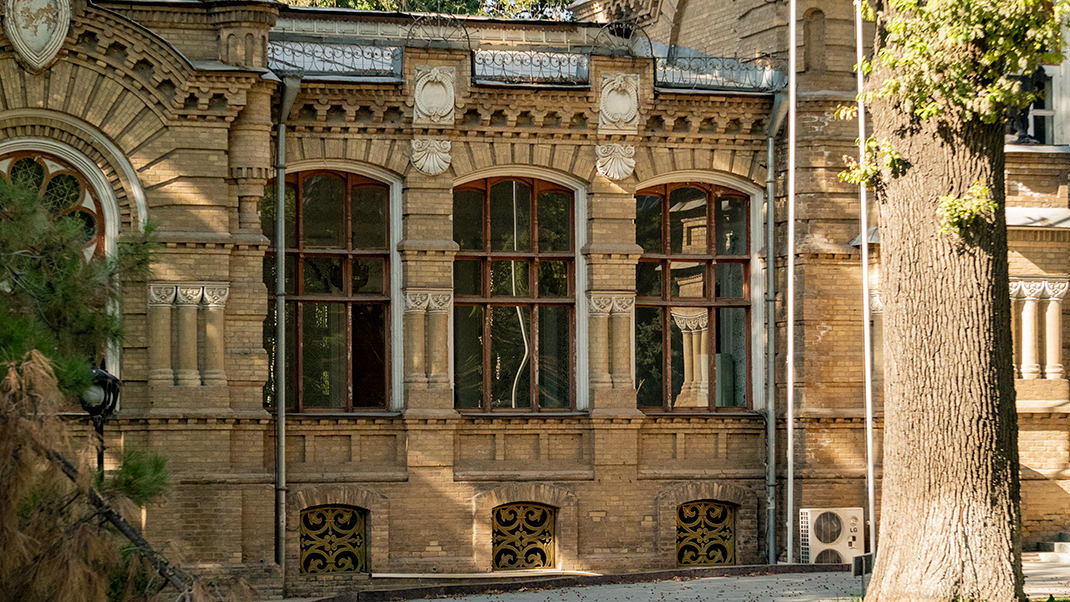
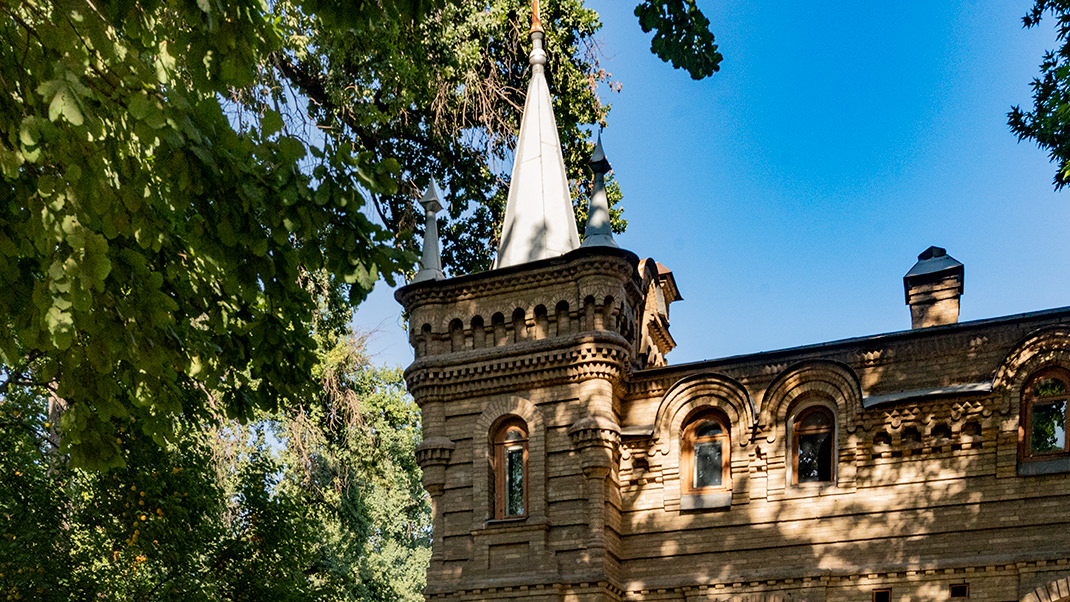

Romanov Palace was built in 1889–90 by architects Vilgelm Geynselman and Aleksey Benois. The latter was the nephew of Nikolai Leontievich Benois, who, for example, built the court stables in Peterhof. The prince's palace housed a large library, and numerous art objects were also kept here. Later, this collection formed the basis of the National Museum of the Uzbek SSR.
From 1918 to 1935, the former grand ducal mansion housed exhibits of the future Museum of Arts of the Uzbek SSR. According to information online, later at various times, it housed the Pioneer Palace, museums of antiques, and jewelry art. Today, the building is listed as part of the immovable cultural heritage.

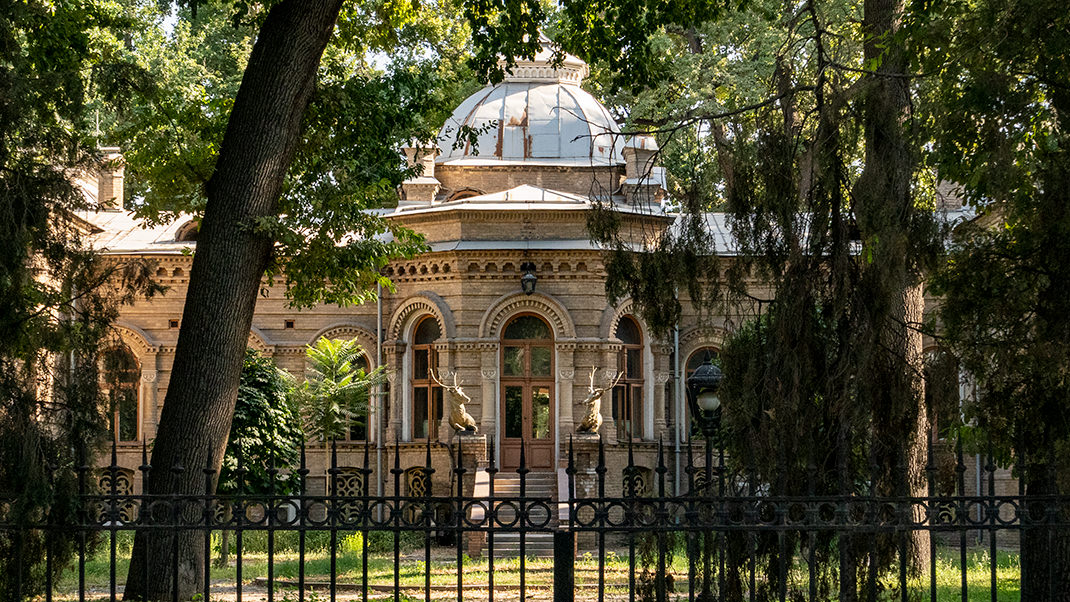
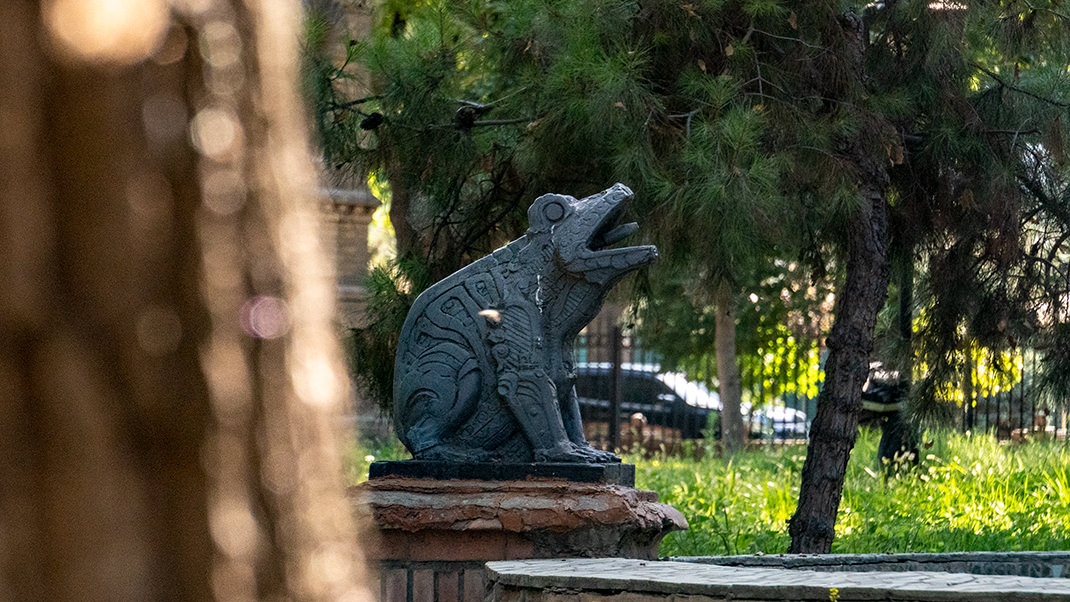
Here, I conclude my story and hope that I will be able to return here after the opening of exhibition space within the palace walls. Finally, I would like to share with you a link to my small route through the central part of Tashkent. I hope this article will be useful for those planning to travel around the city.
Have a nice trip!


